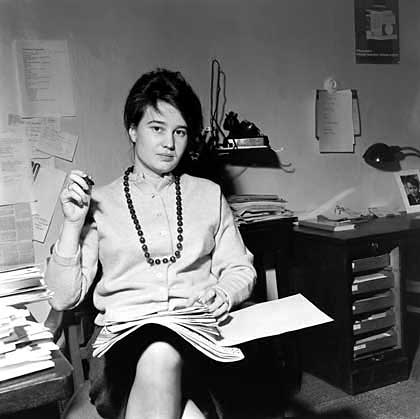“The demand for equal rights developed out of the demand for liberation. Liberation would bring emancipation through a series of changes in the social system: the abolition of the hierarchical social structure, the establishment of a democratic one, and melding of capital and labor so that production methods would be more social, and the master/slave relations that defined existing social structures would end.
Yet the demand for equal rights no longer puts into question the social conditions of inequality that exist between people. On the contrary, it merely wants inequality to be applied systematically. It demands equality within inequality: equality of the female worker with the male worker, of the female clerk with the male clerk, of the female civil servant with the male civil servant, of the female editor with the male editor, of the female member of parliament with the male member of parliament, of the businesswoman with the businessman. Such demands for equal rights are the focus of every women’s union congress and every conference of businesswomen because so far equal rights only exist in law, not in practice. It seems that an unjust world is still having problems justly distributing its injustices.”
From “False Consciousness” (1968)
